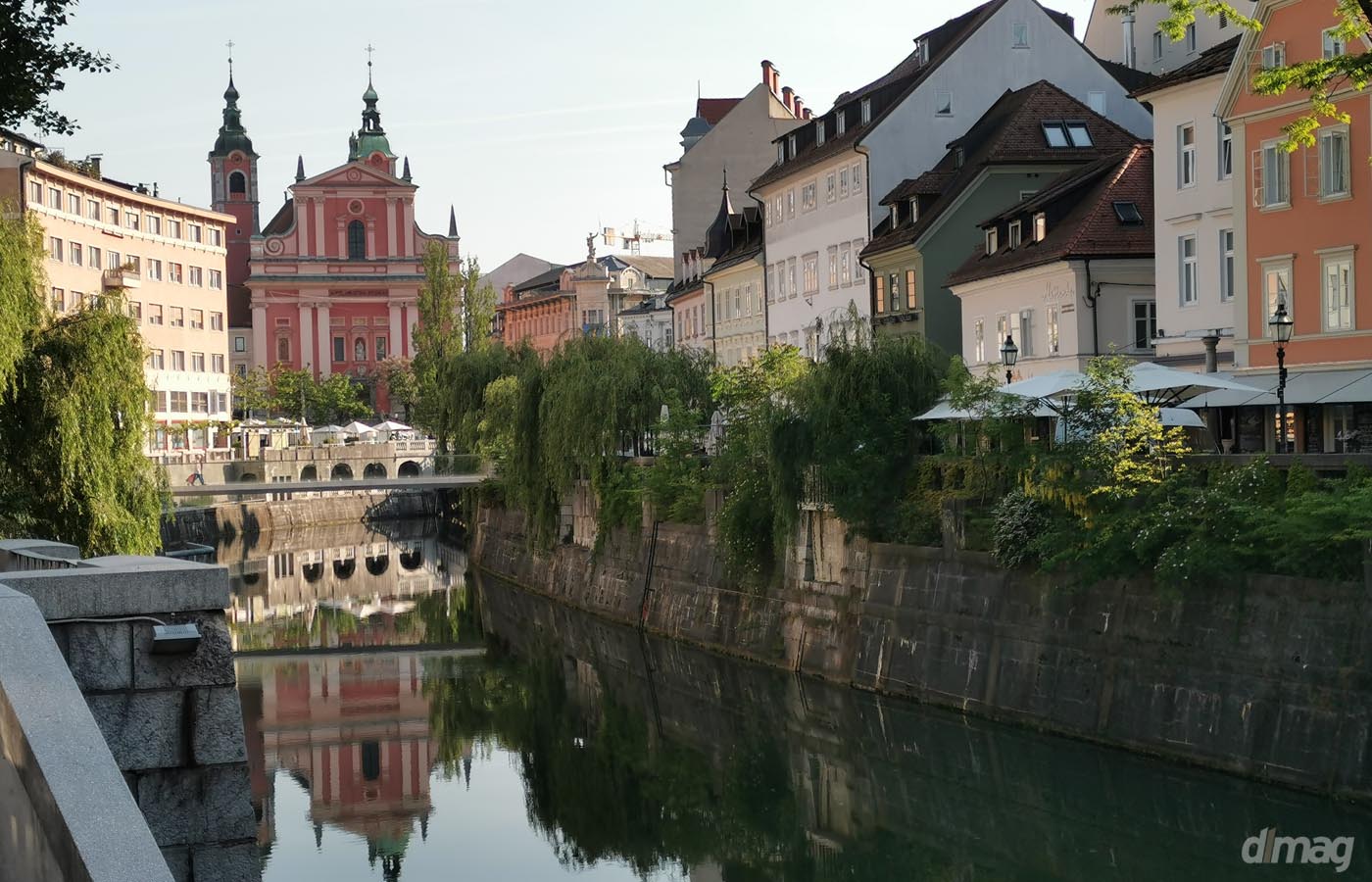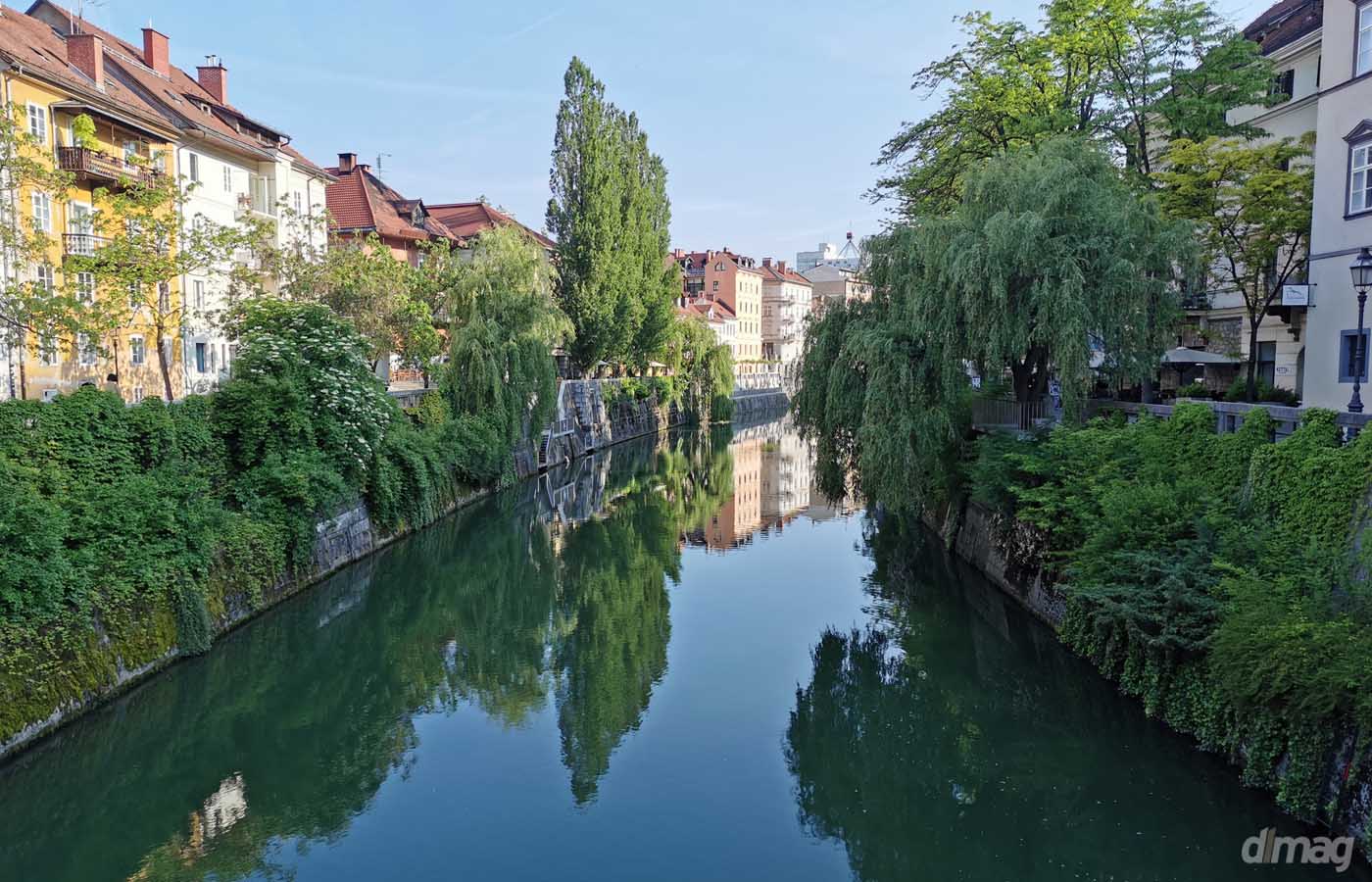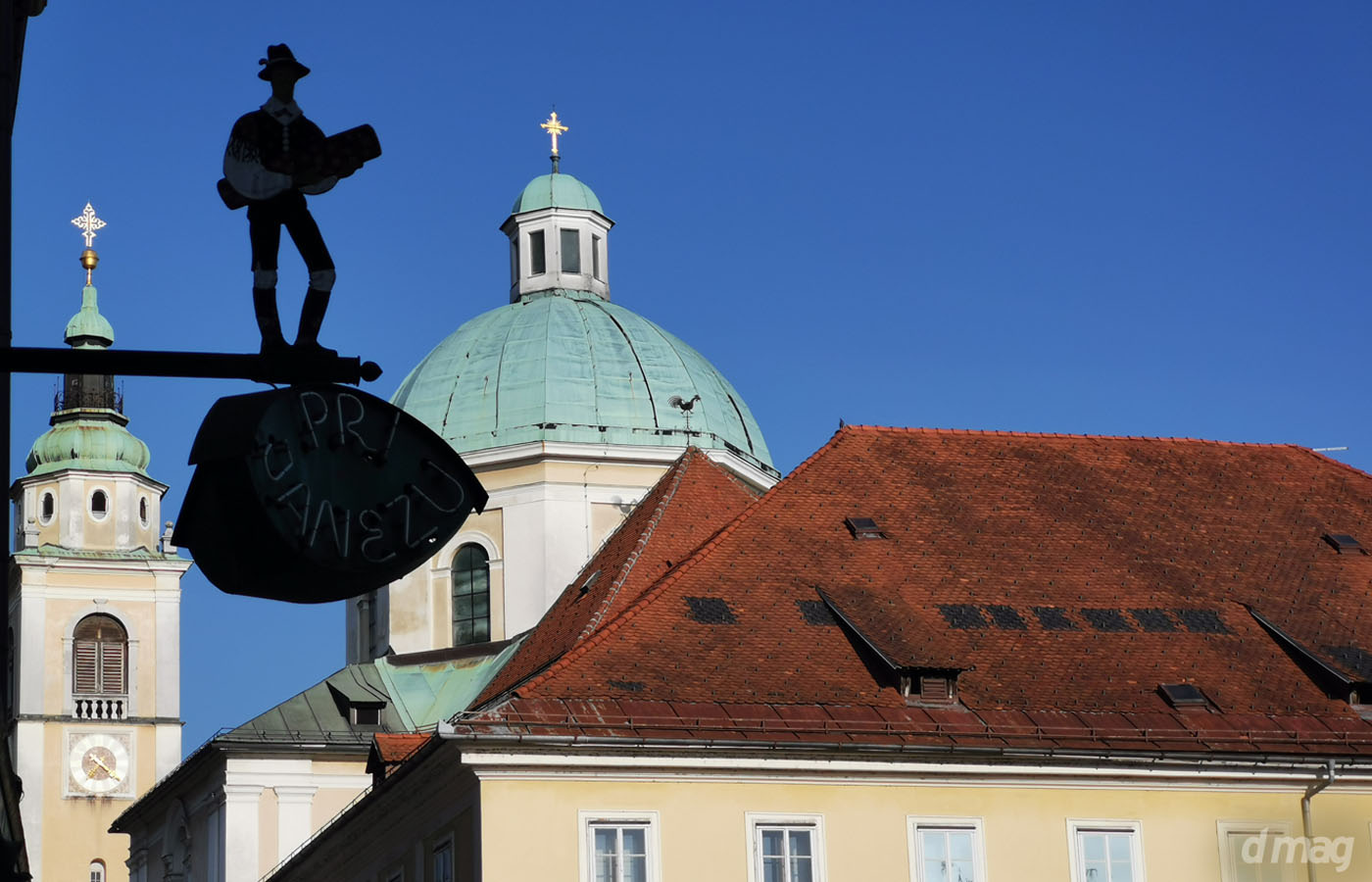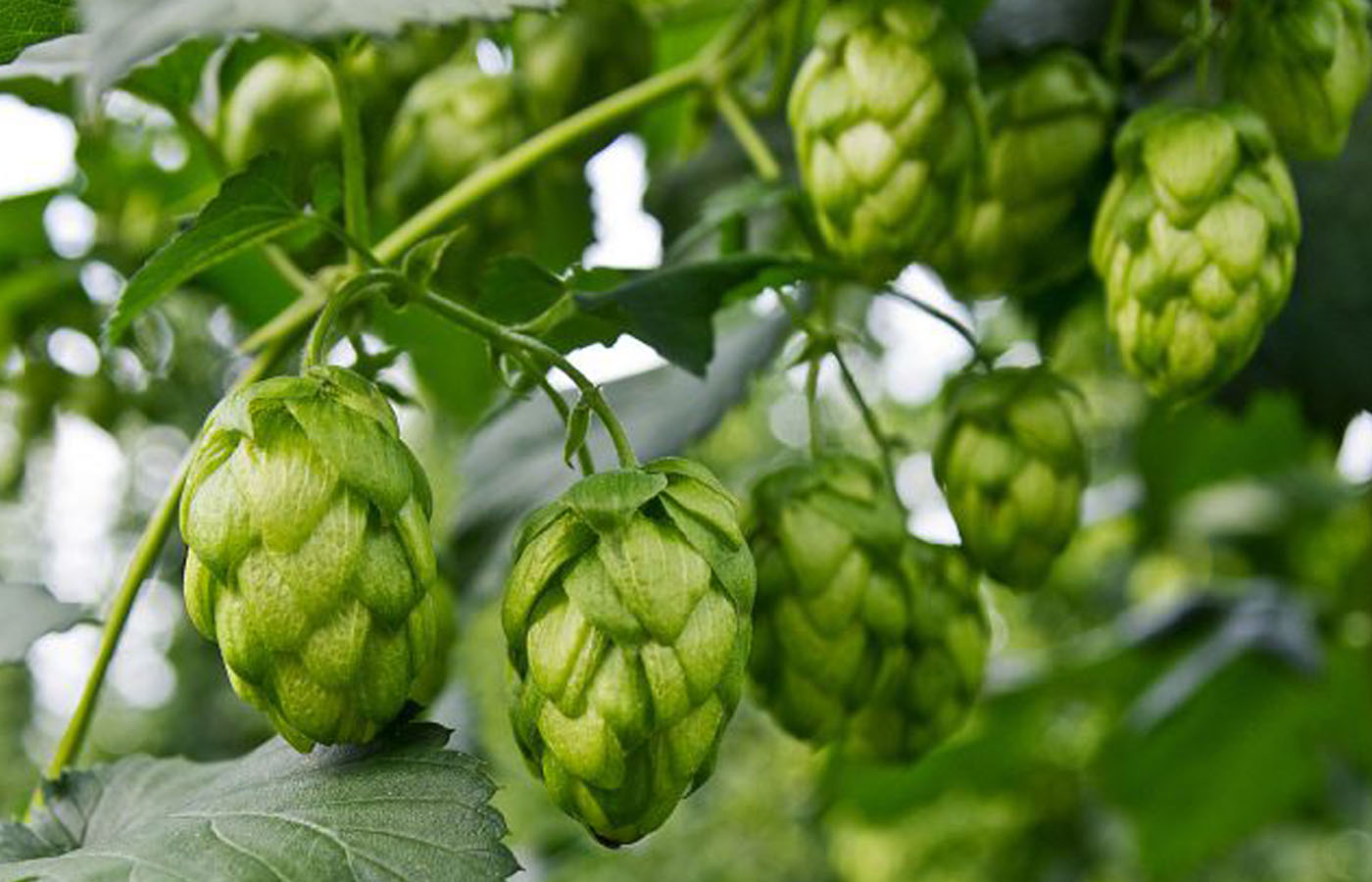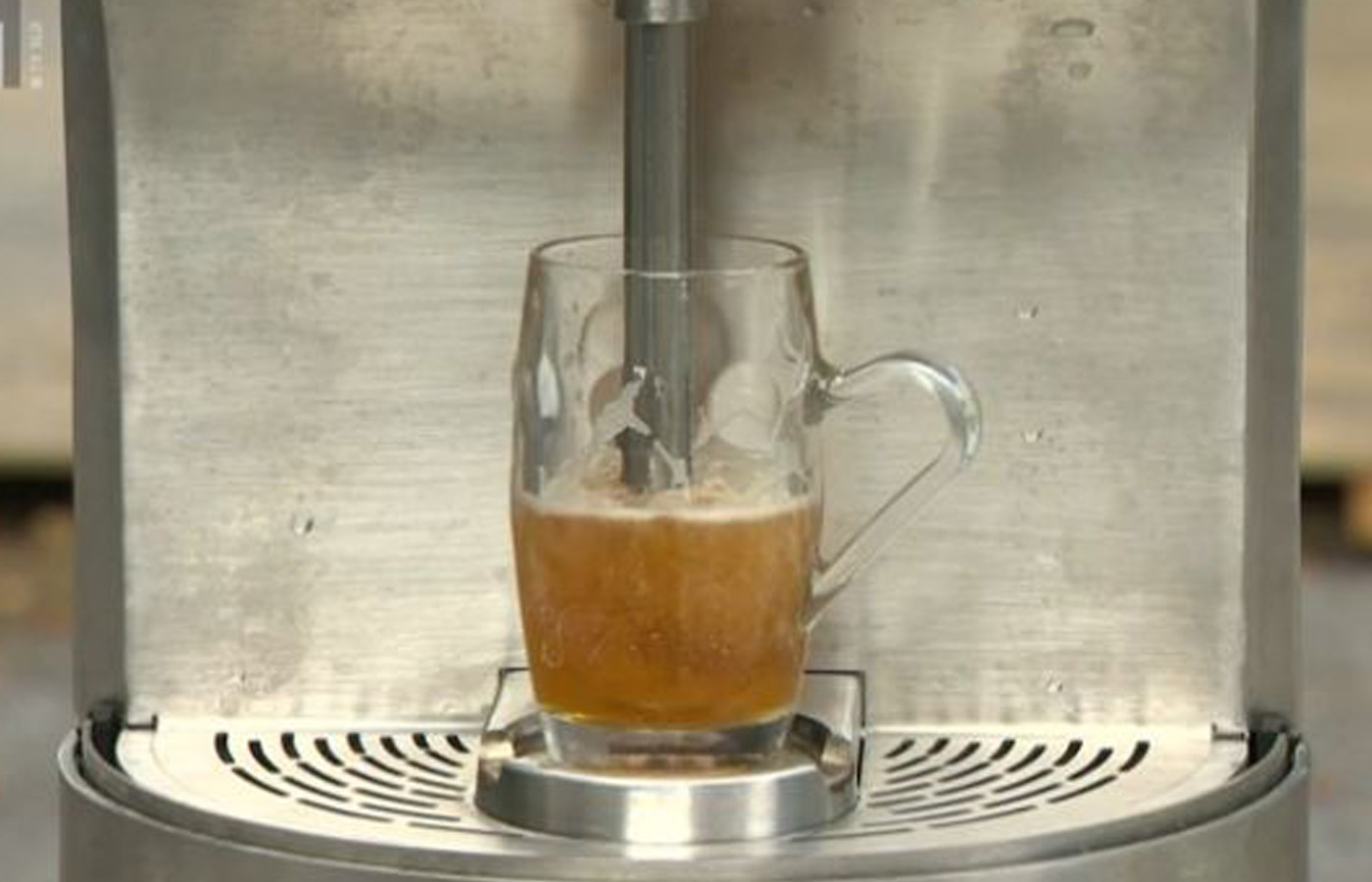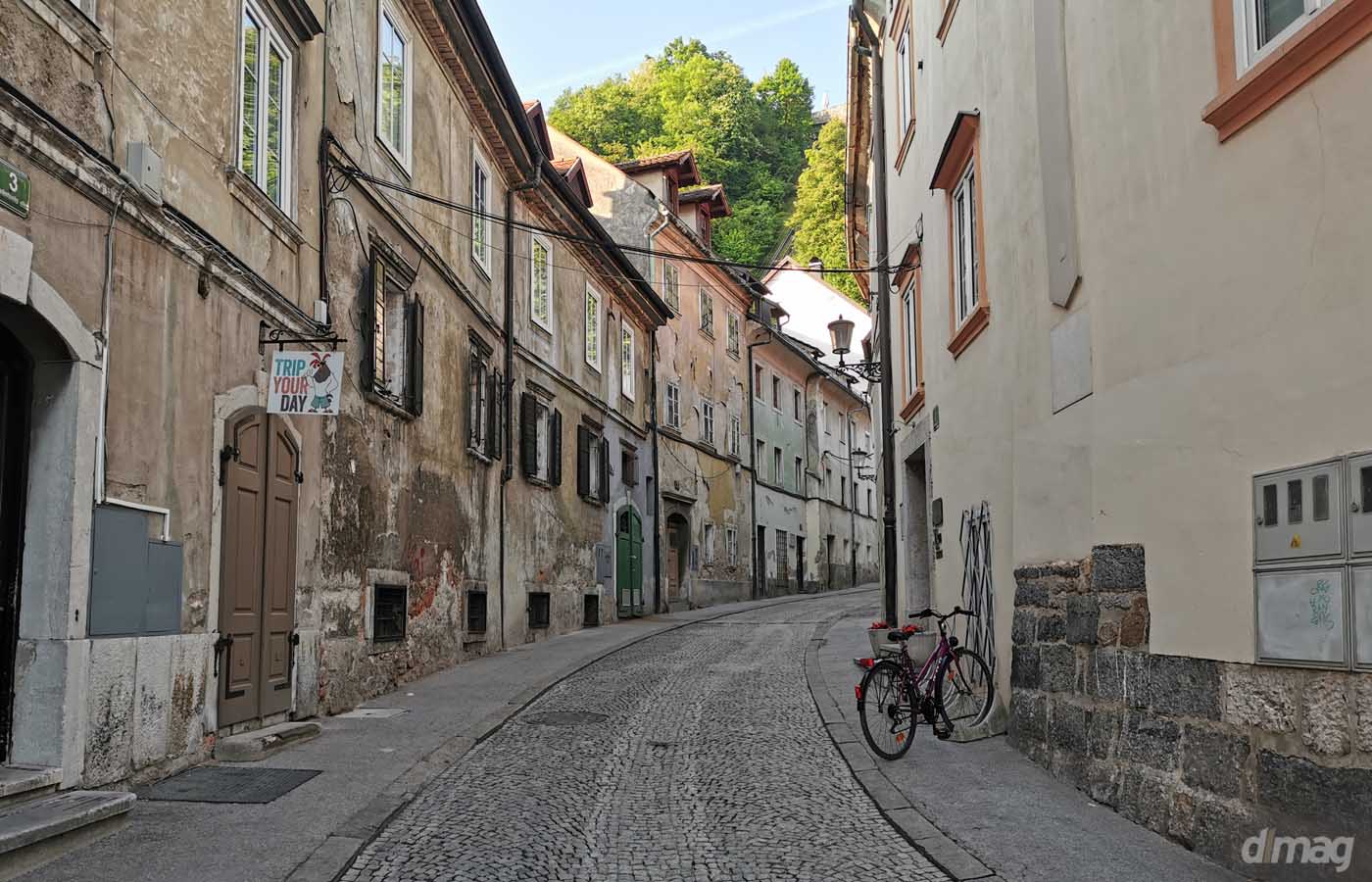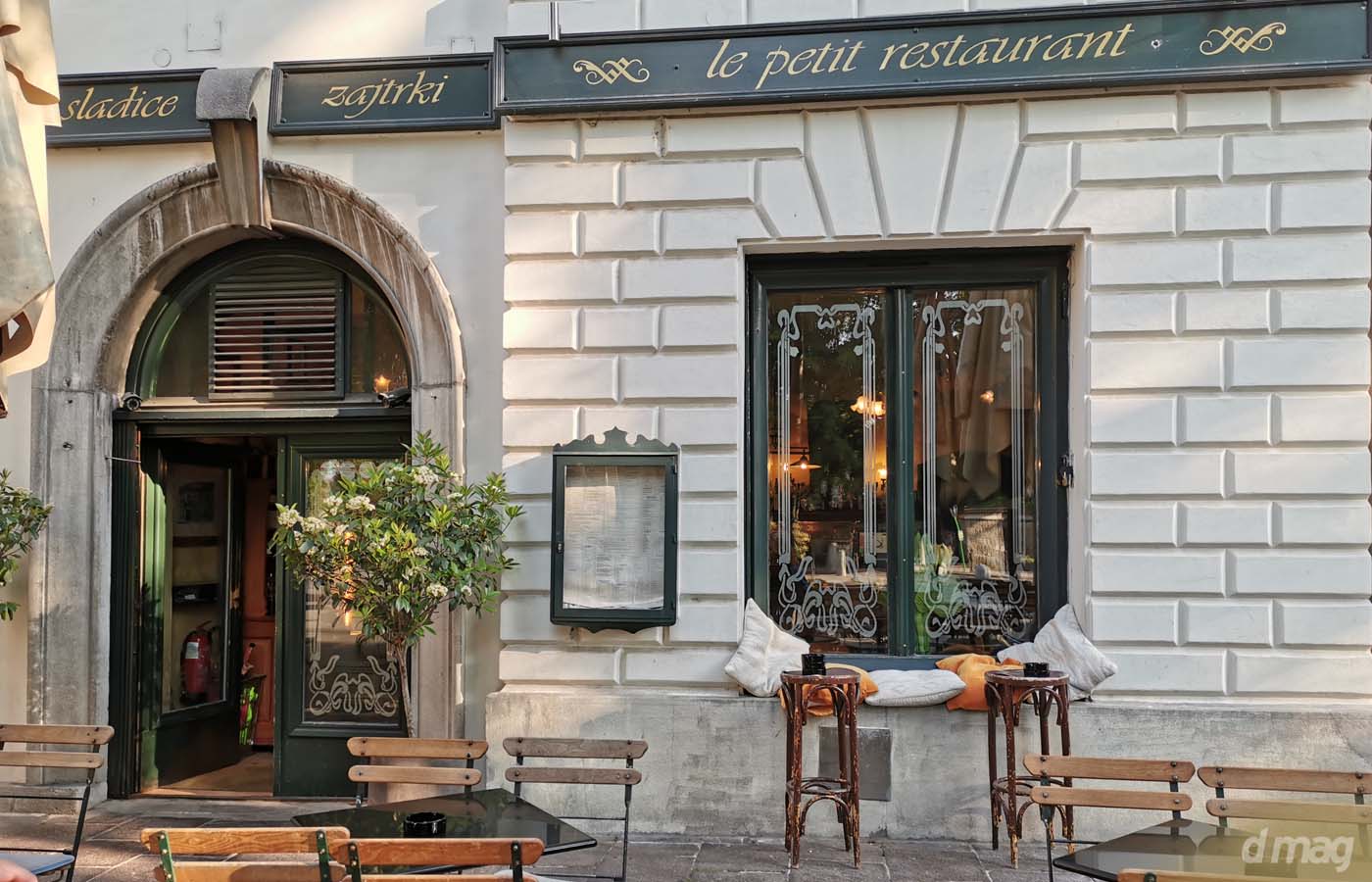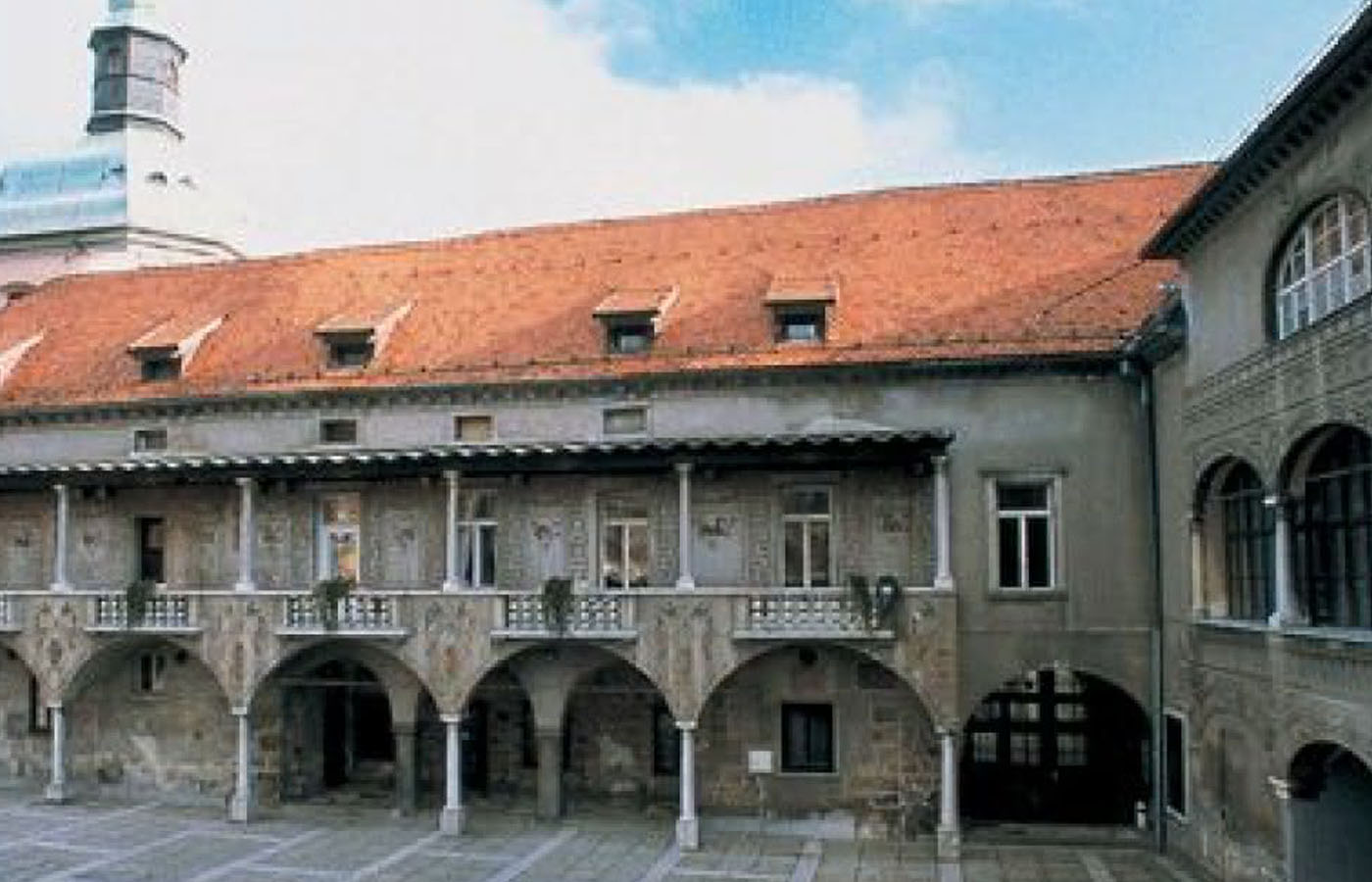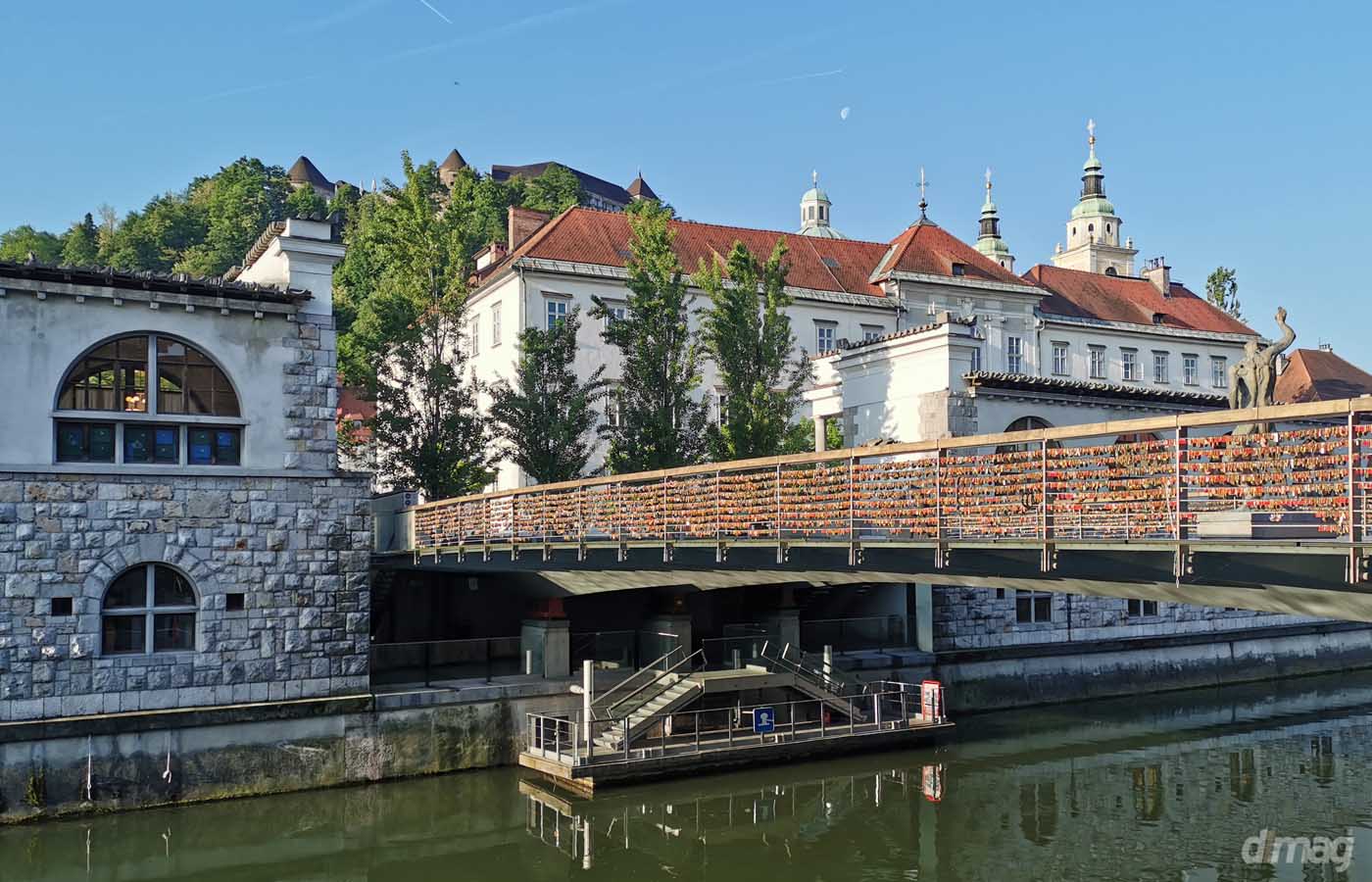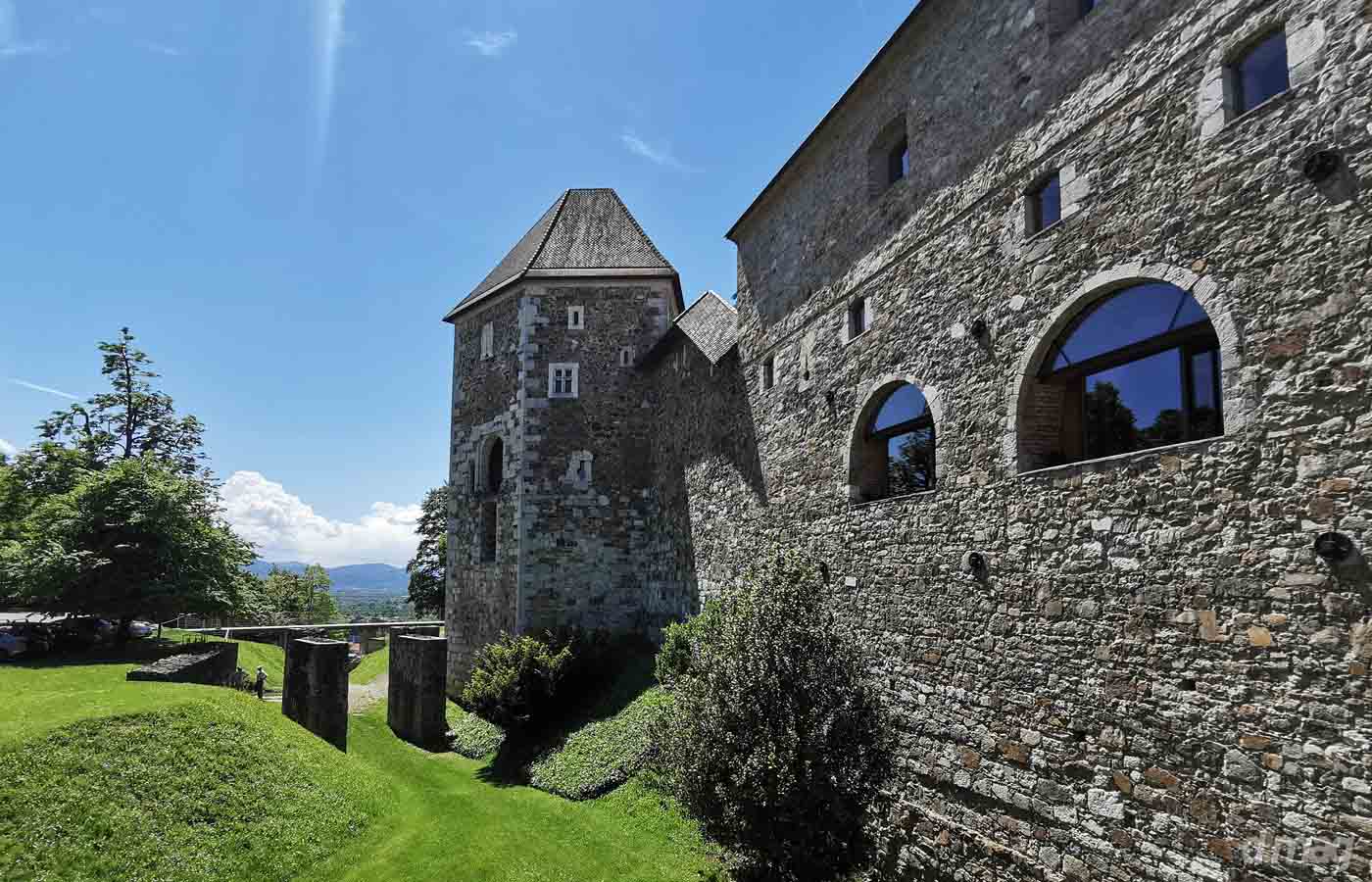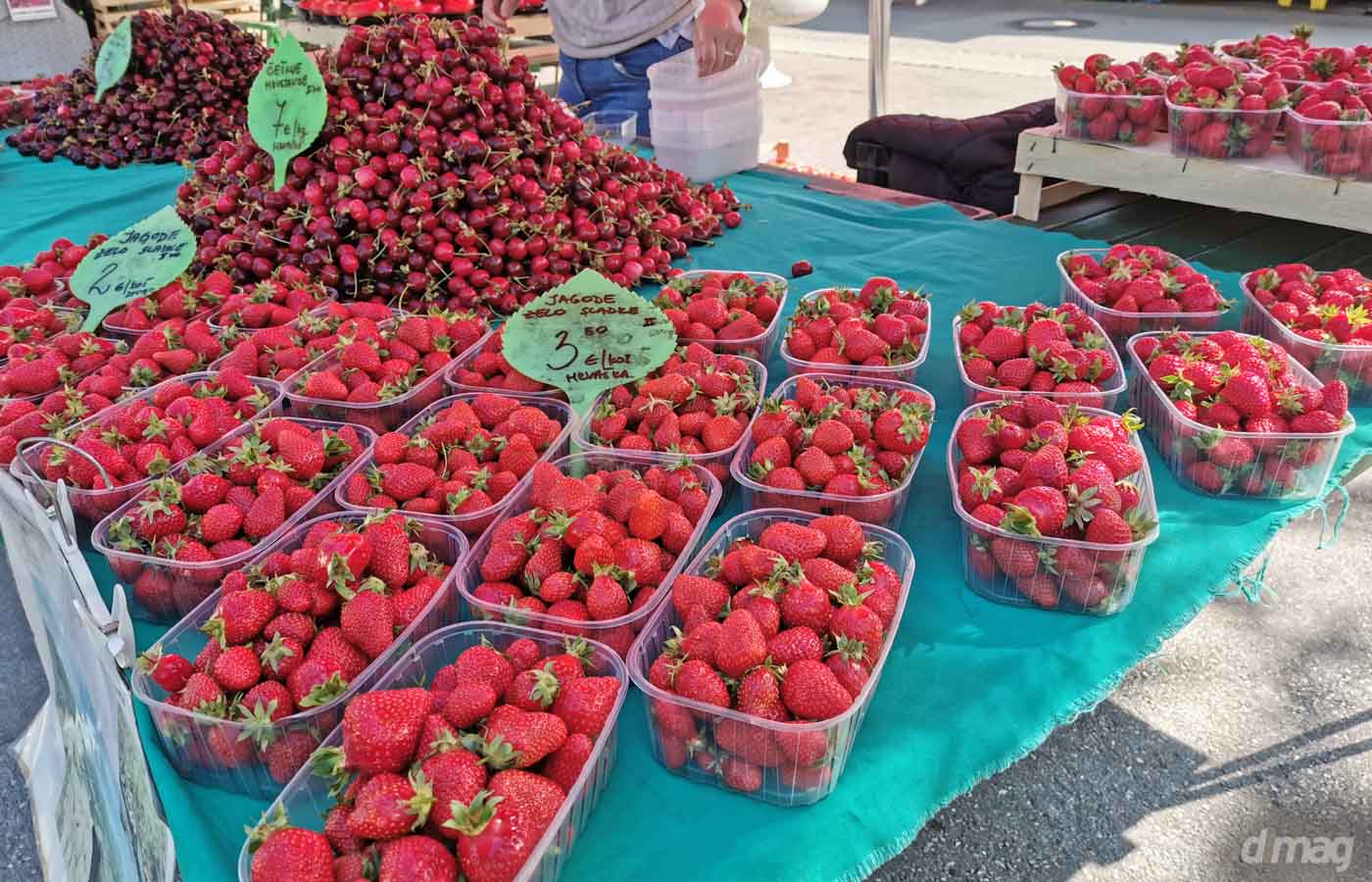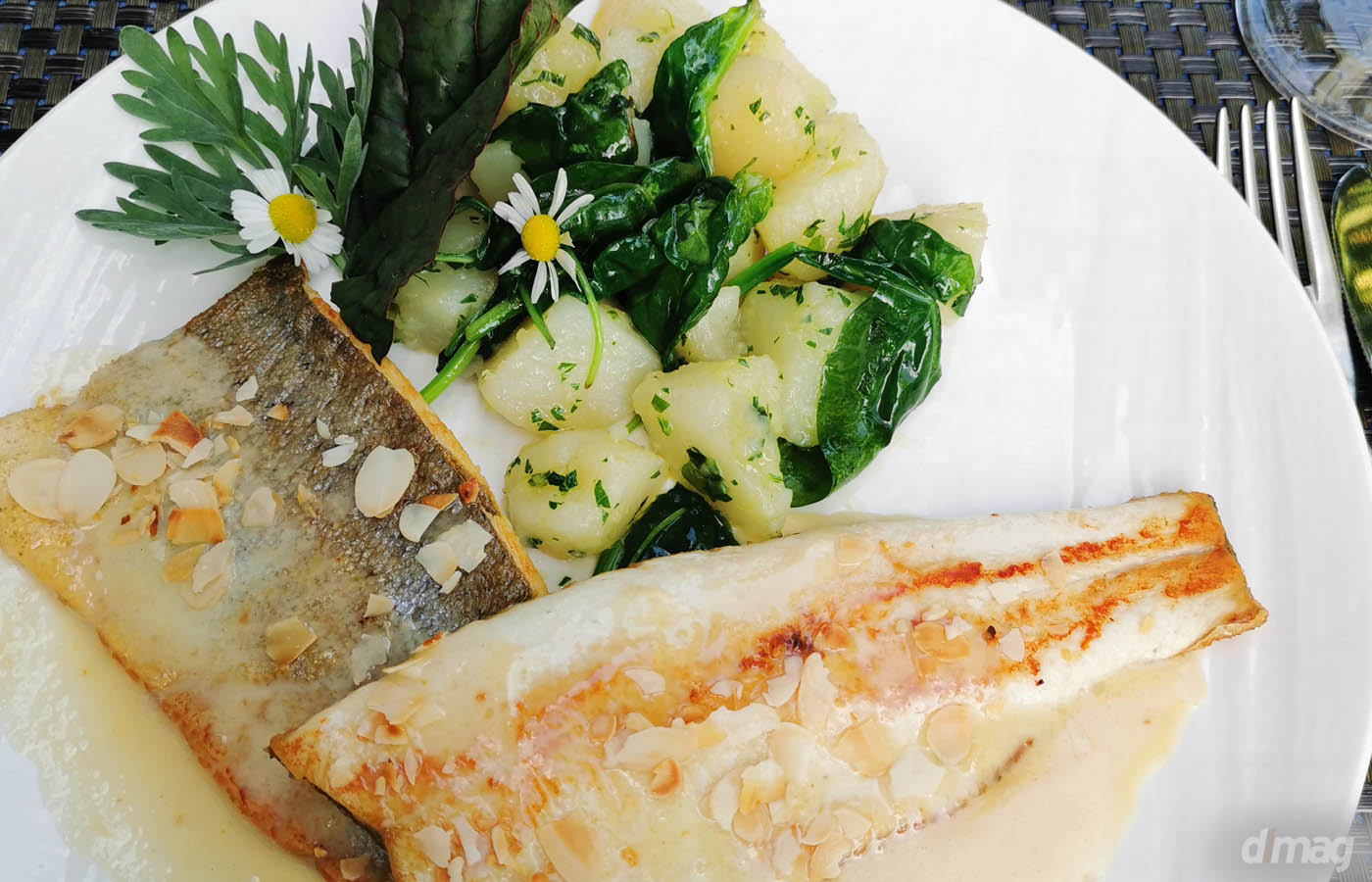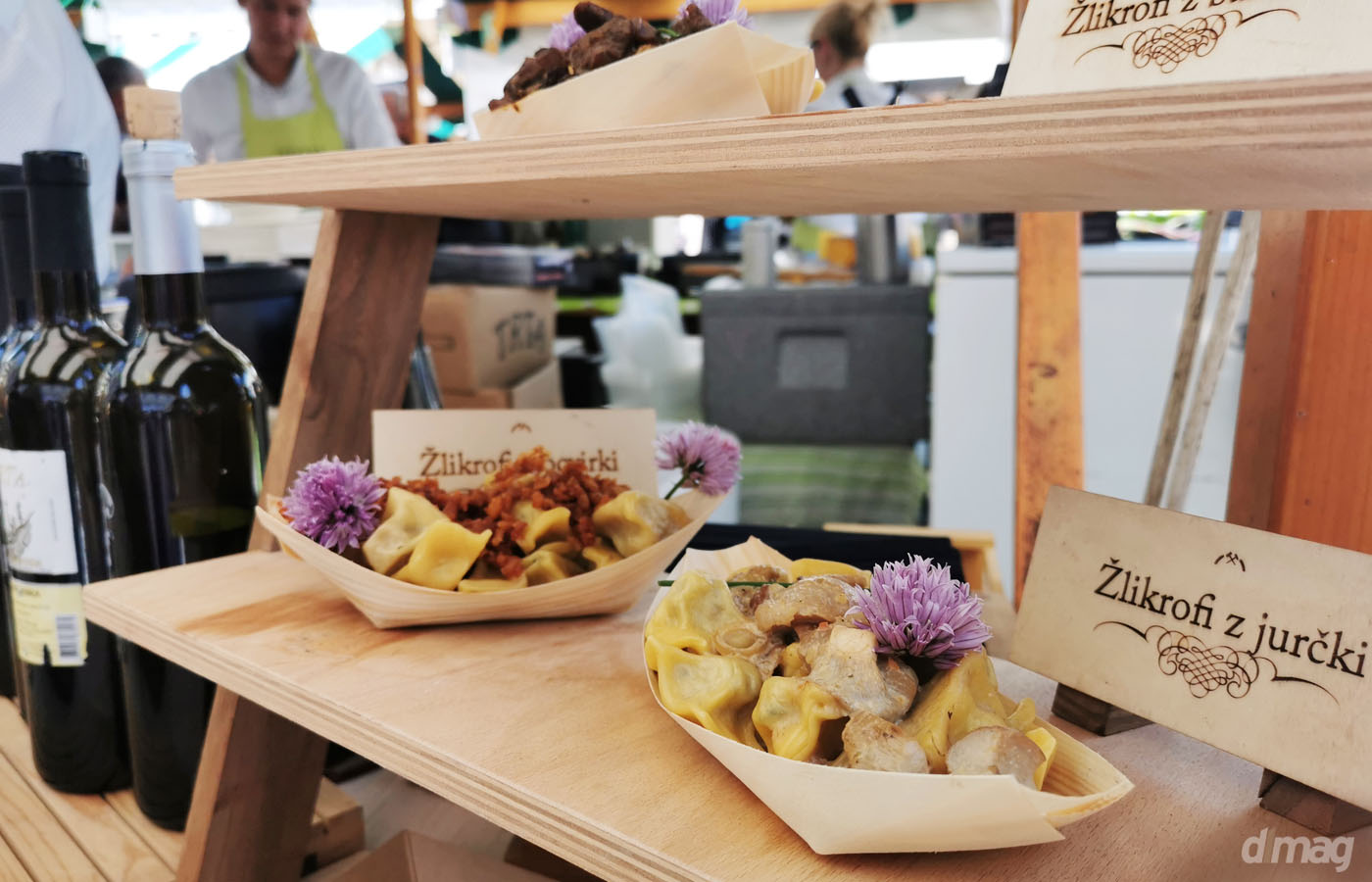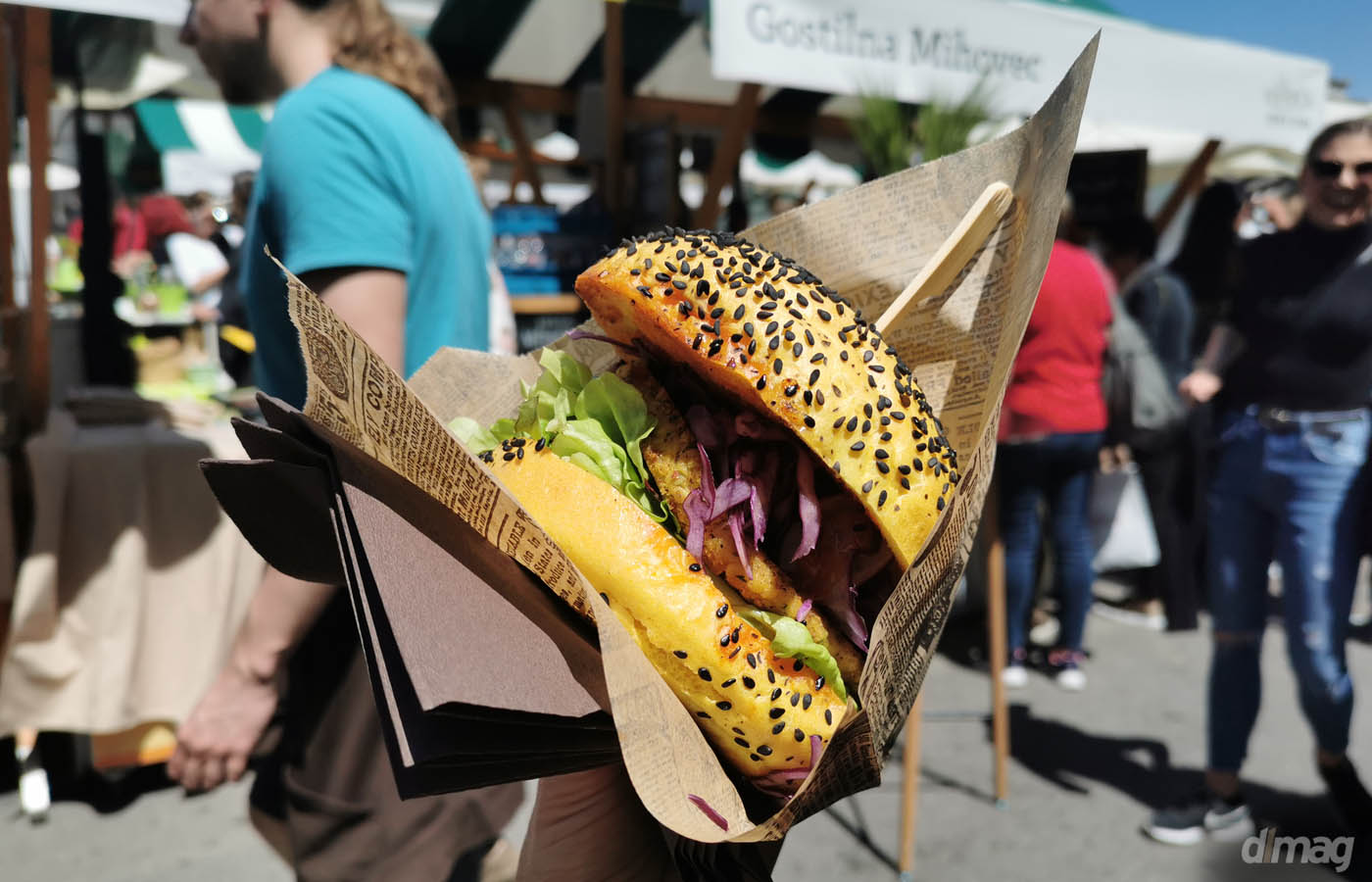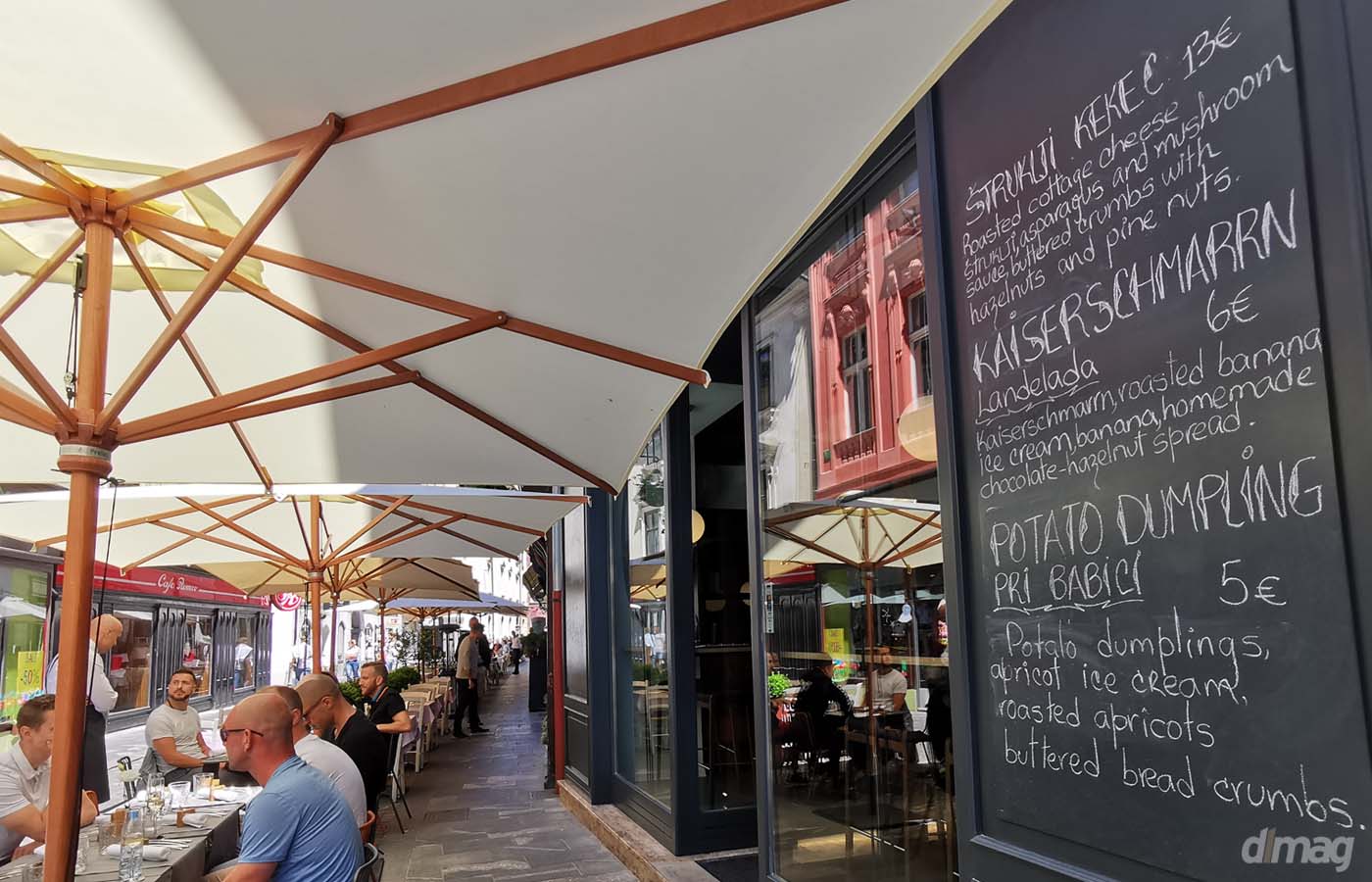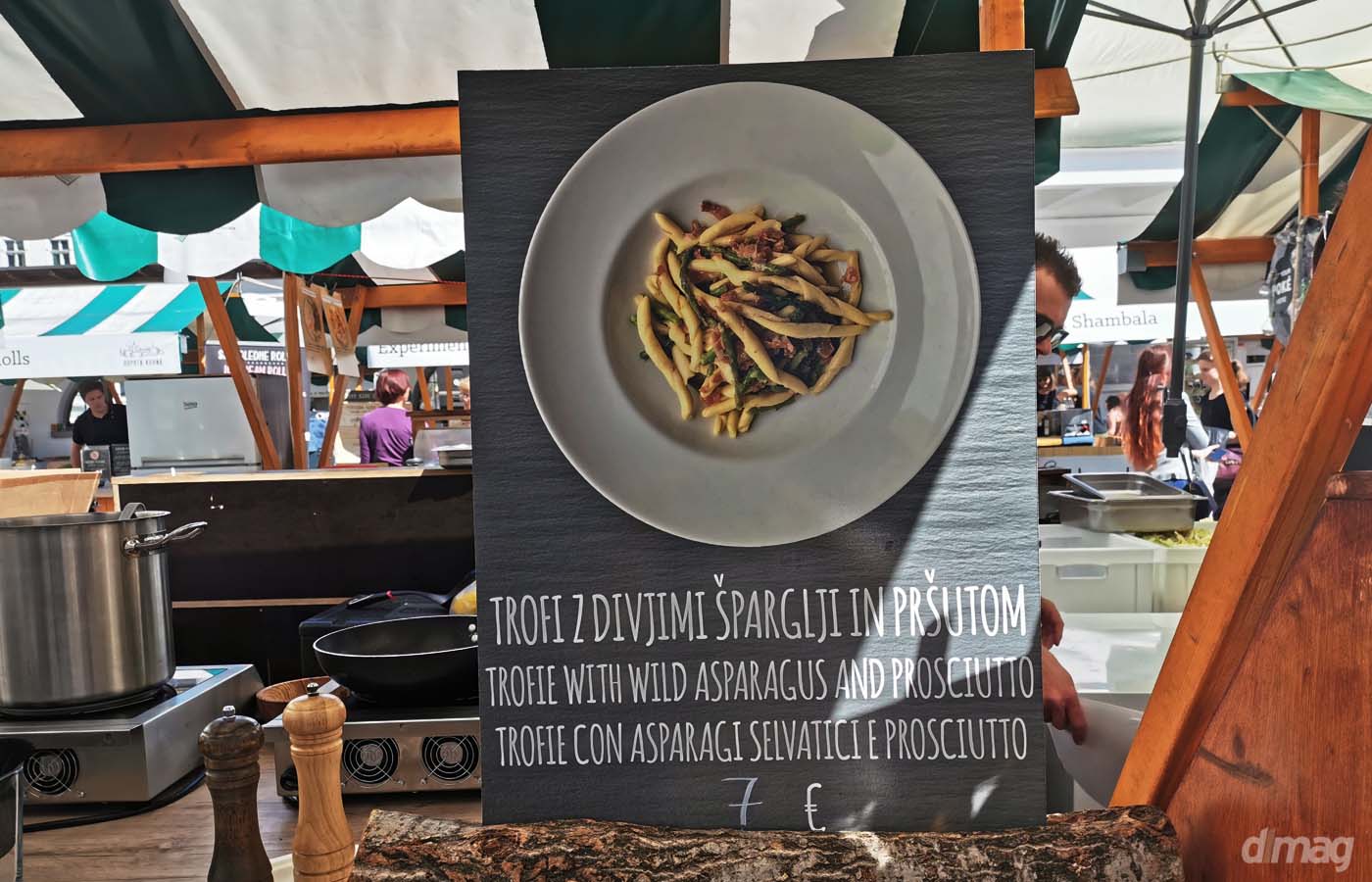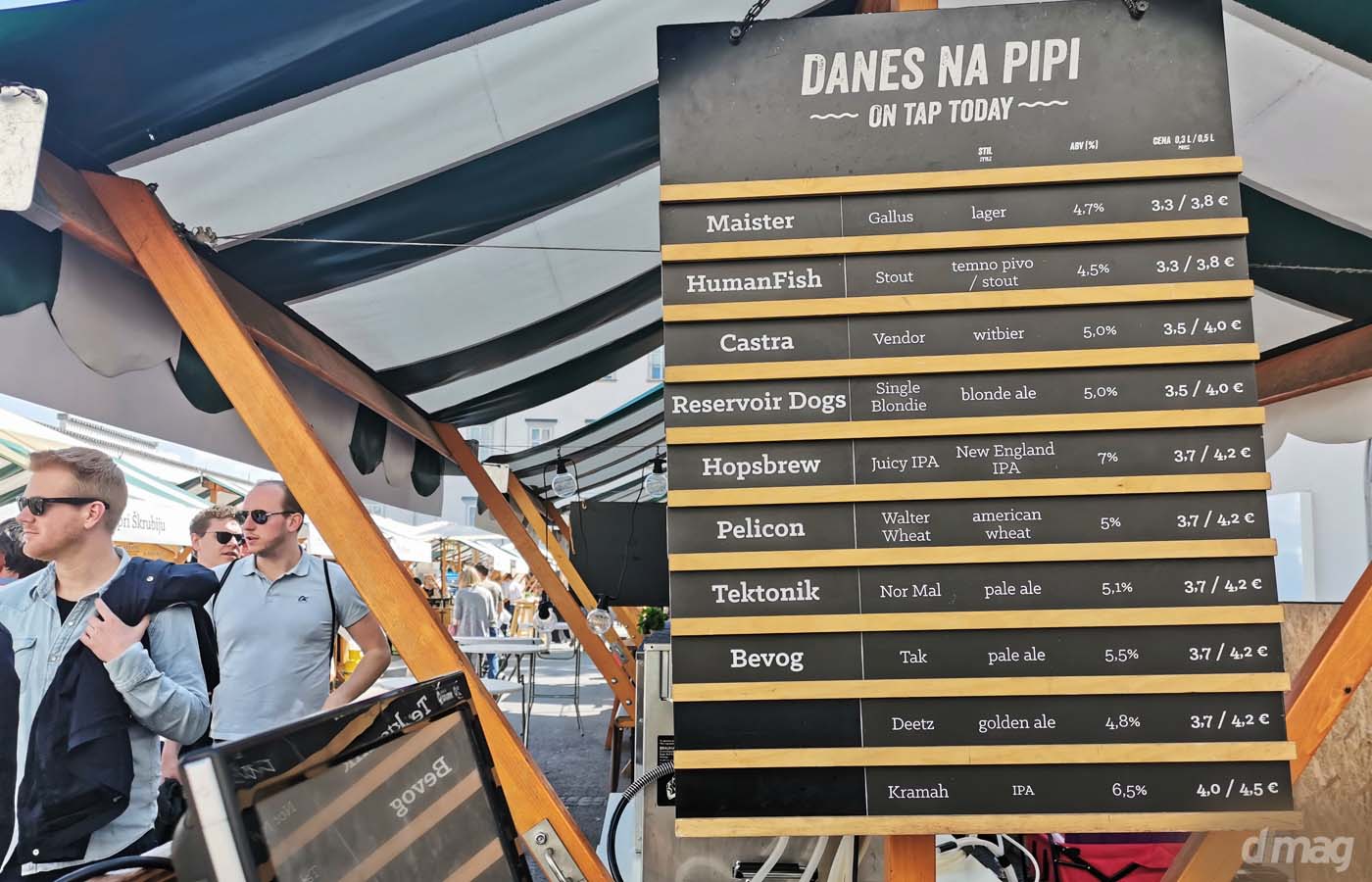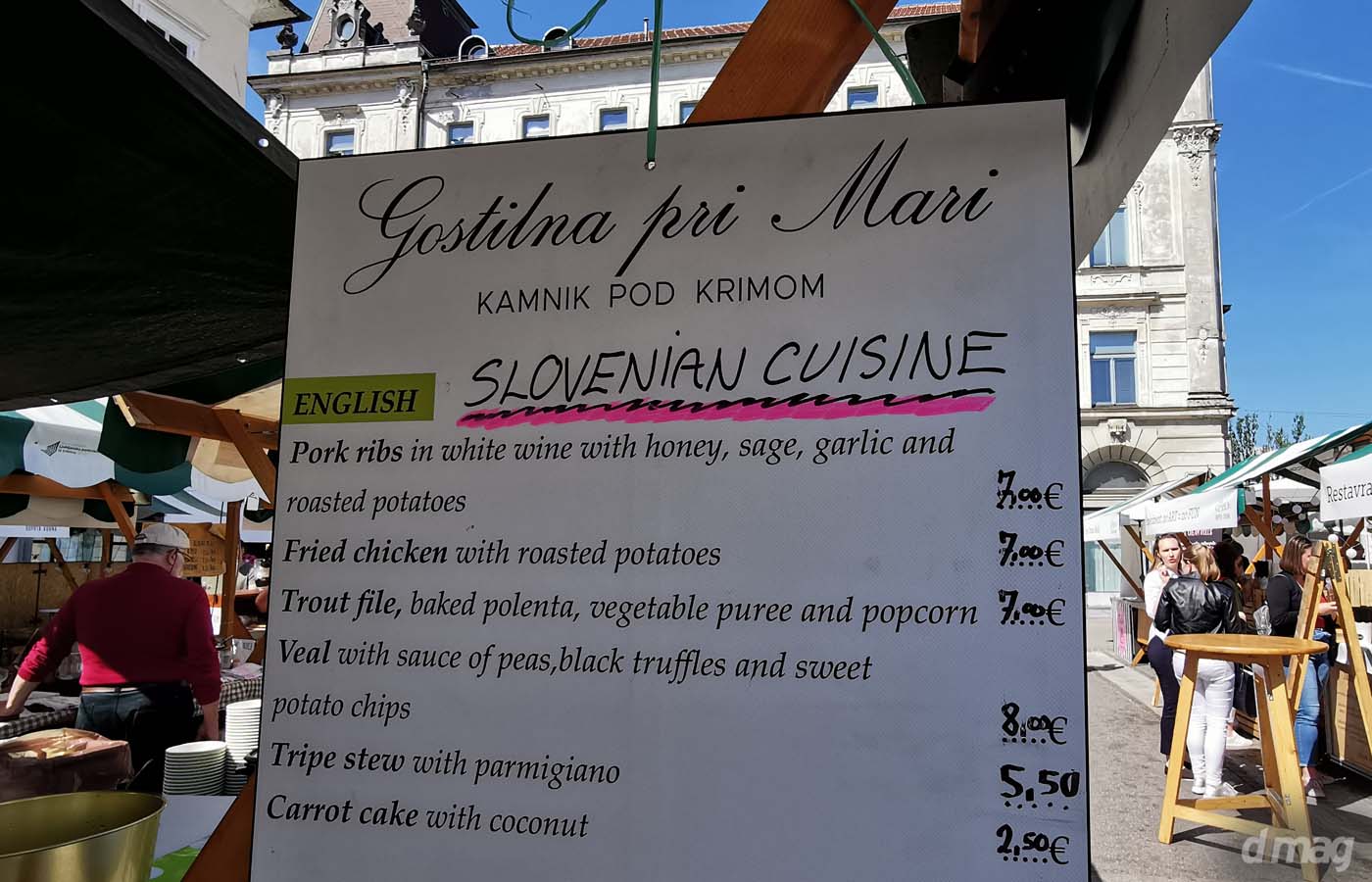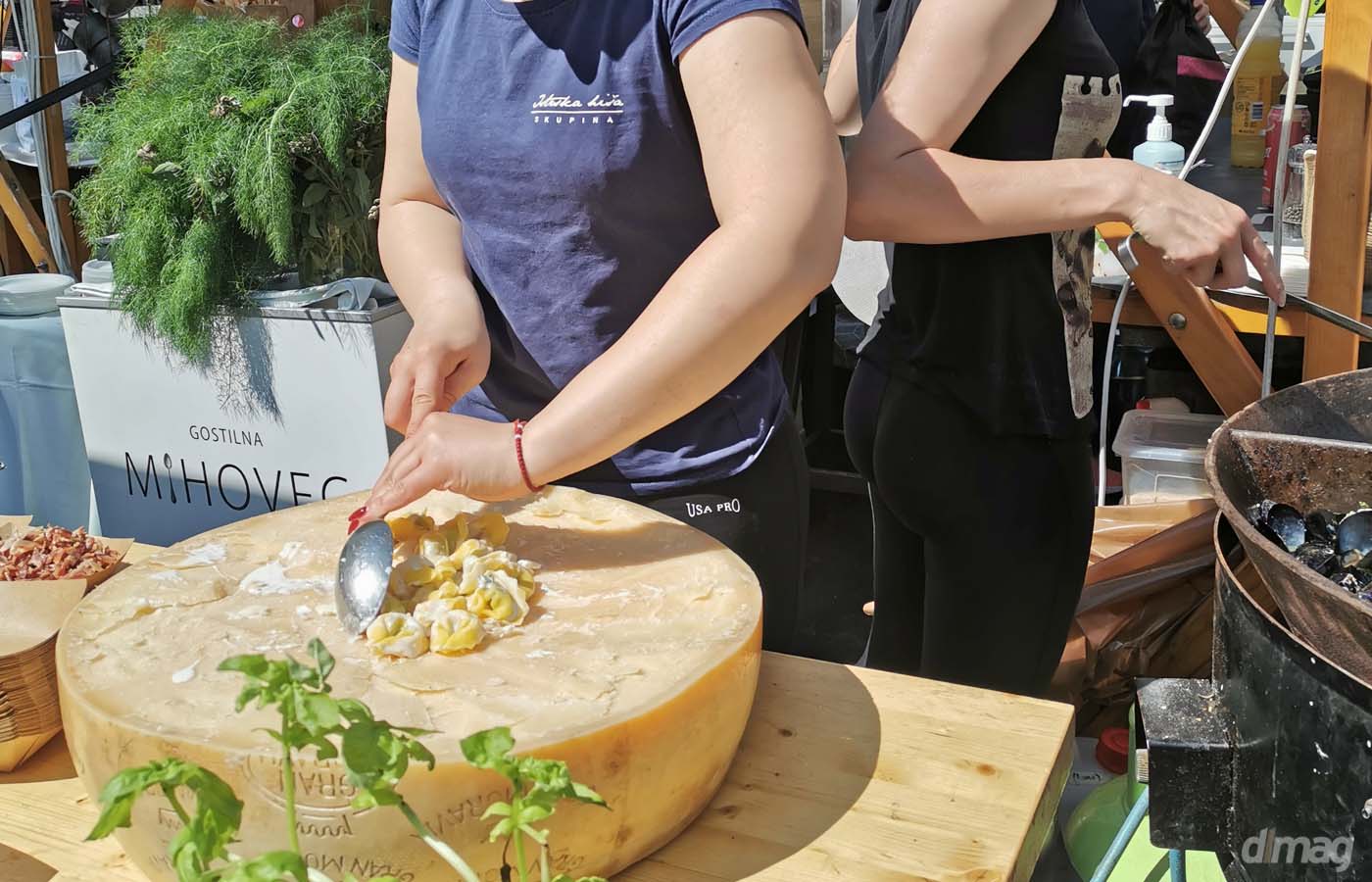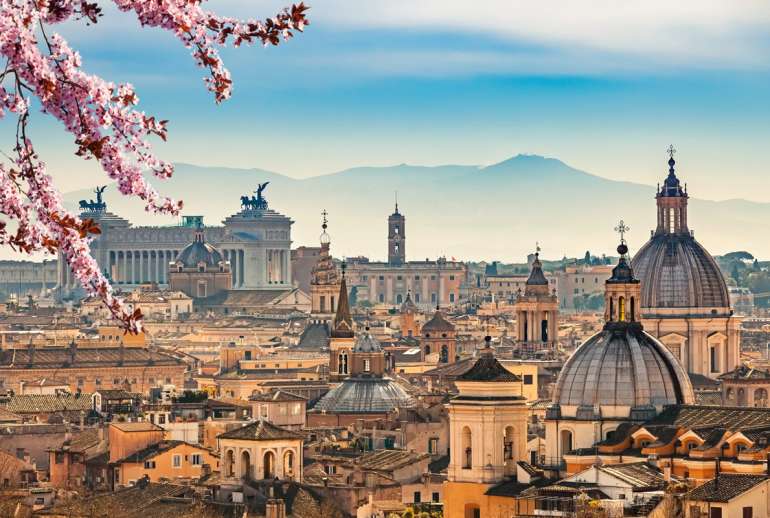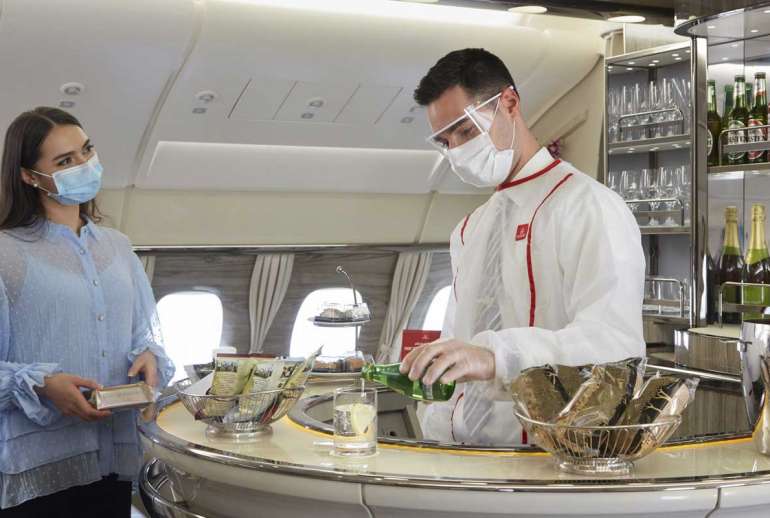Slovenia is an interesting place. It’s been in the cross-hairs of migration and empire and today finds itself as a central European nation with heavy Bavarian influence but a Slavic population and language. In addition, the mentality is often more in line with Northern European countries, like Denmark and Sweden. “The green pearl” as it’s known, sits at heart of Europe, but surprisingly, you’ll find that flights aren’t as easy or as frequent as you’d expect. Adria Airways, the National carrier of the country, pretty much dominates the flight scene. Direct connections can be made through a handful of major European cities like Paris, Zurich, Amsterdam, Brussels, Frankfurt, Munich, Manchester, and Copenhagen. With global tourism rapidly rising, maybe it’s not such a bad thing if Slovenia and the capital city Ljubljana stay a hidden gem for as long as possible. It’s truly a nation with a little bit of everything and a rich history to boot.
I had been meaning to travel to Slovenia for years, hearing about the renowned nature and niche culture of a tiny population of two million. But something always came up, or there was somewhere else to go. But this year, I was resolute to get there.
Slovenia shares a border with Austria, Italy, Hungary, and Croatia. High Alpine mountains fill the North and North East. The Western and Eastern provinces of Primorska, Podravska, and Posavska are wine-growing regions reminiscent of Tuscany. The South is filled with Karst and coast: an area with large and extensive cave networks. The most famous ones are the Postojna Cave and Skocjan Caves, both UNESCO Heritage Sites. And there’s even a Slovenian Rivera. The Slovenians are very proud of their 29 miles of coastline along the Adriatic Sea – and there’s even a small Slovenian Navy (very small, like two ships).
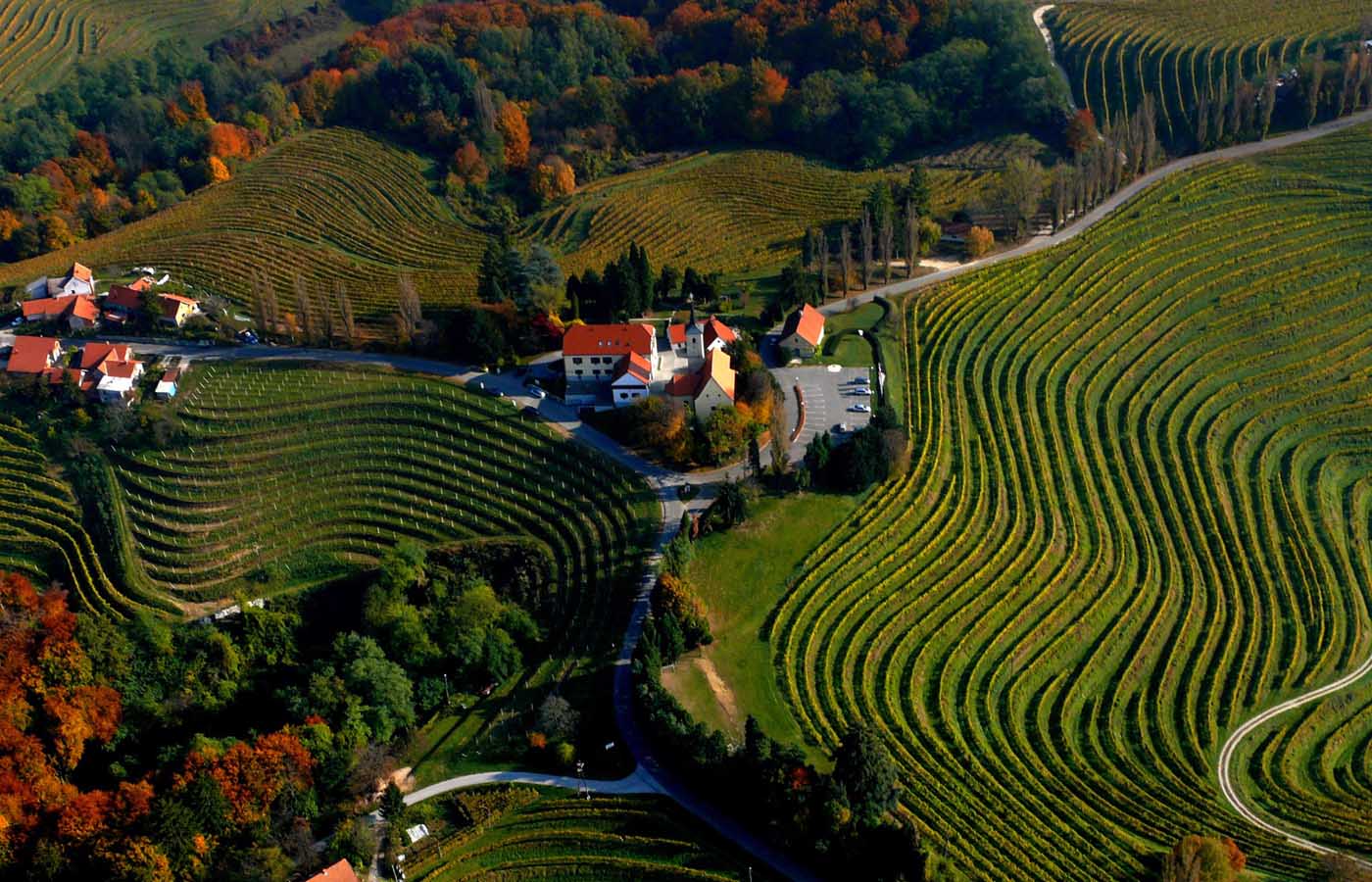
If you like prefer beer over wine, well then you’ll be happy to know that high-quality hop is grown in the North. Slovenia is the third largest producer of hops in Europe (and sixth in the world). The country has an explosion of microbreweries, but also exports their hops to the premium breweries of Belgium and Germany. You’ll have to plan for a visit to the town of Žalec, where you’ll find the beer museum and learn that beer barrels dating back to almost 4,000 years ago have been found. Oh, and did I mention free-flowing beer fountain? It’s the only one in the world, so be sure to bring an ice-cold, frosted glass with you.
The country can be crossed by car along its axis of major routes about 3 hours in any direction. It’s compact size also makes it ideal place for organizing trip by bicycle. Long distance hiking paths exists and take you past many prominent stops along the way. The oldest and most classic route being the Slovene Mountain trail, locally known as the Slovenska Planinska Pot (SPP), among others.
It’s fitting that the capital city Ljubljana is found in the center of the country. The name translates as “the beloved” and it’s a very romantic city indeed. Settlements in the area date back to prehistoric (you can see the world’s oldest intact wooden wheel at the city museum). But the myth persists that the city crossed paths with the Greeks and was founded by Jason and the Argonauts in their epic travels with the Golden Fleece. In fact, I was told by a historian that in ancient times, a fleece-like material was used to pan for silver in the rivers – bolstering the idea that such an item may have existed. It’s in Ljubljana that Jason is supposed to have encountered a rampant and unruly dragon. He slain it, thereby becoming the first citizen of the city.
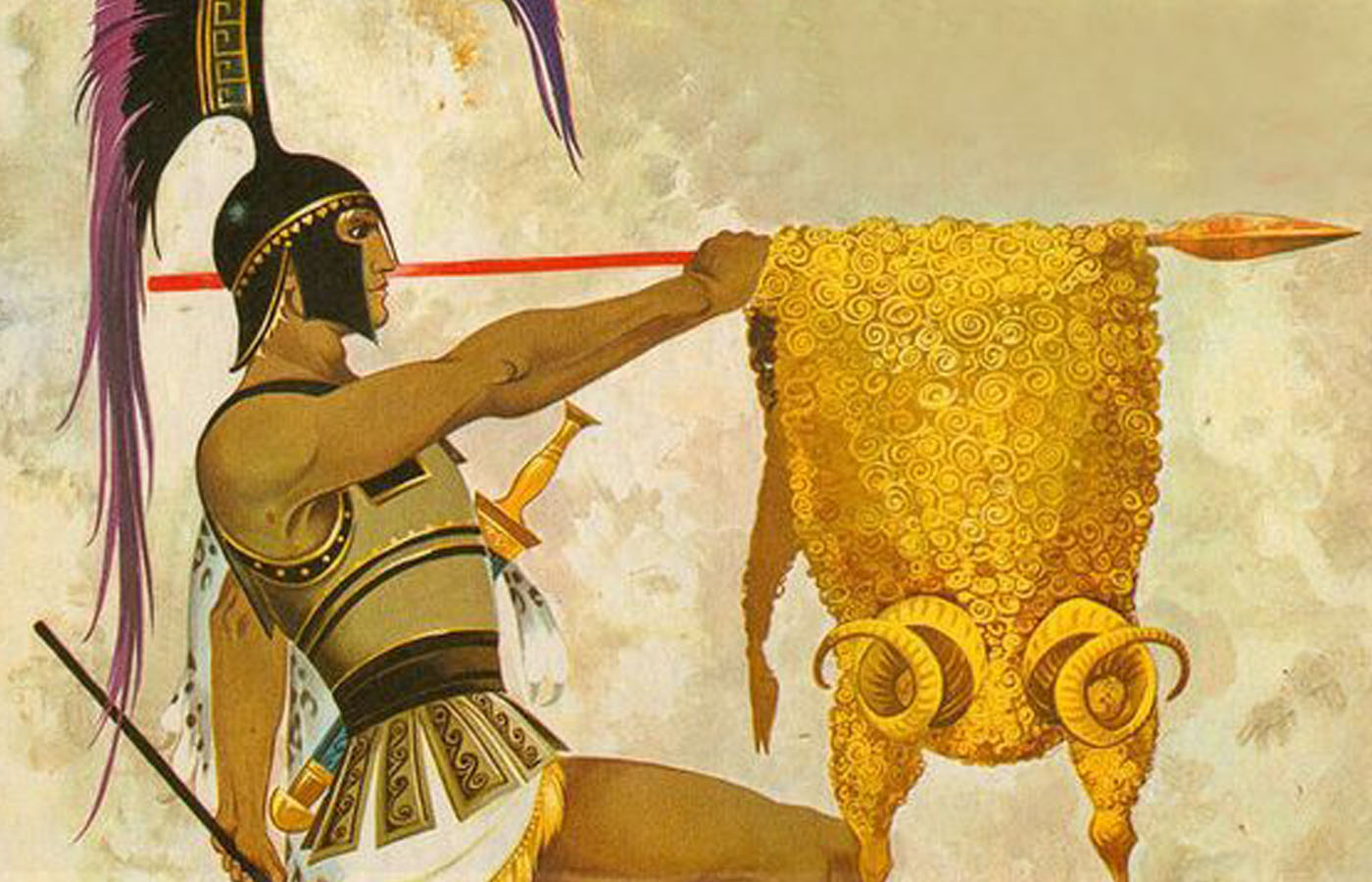
The true foundations of the city of Ljubljana as we know it today, however, was established sometime around 1100 AD. Walking through it, you’ll notice the building facades boasting an impressive mix of different architectural styles that range from Medieval, to Baroque and Venetian, and some with Art Nouveau exteriors. The Ljubljanica river bisects the city into a left bank and right bank (or north and south), in a Parisian style. Ljubljana has won a number of European Green city awards the last few years, and the entire Medieval portion of the city is pedestrian only. This makes it perfect for strolling with nice clean air to inhale. Public bikes are also available at different points through the city.
If you decide to make a trip to Slovenia, you’ll be both surprised and delighted by the livability of the city and the friendliness of the citizens. It’s highly advisable to spend two days visiting this eclectic and curious European capital. But if you only have one day, here are the highlights that cannot be missed. If you’re going during high tourist season that get up early to start exploring and you’ll be rewarded with peace and quiet and the streets all to yourself. It’s a great time for taking perfect photos in the morning light. As the day progresses you’ll witness the transformation of the center throughout all the hours of the day and find its rhythm and go with the flow.
Le Petit Café and Križanke
Ljubljana buzzes with a great coffee scene. So take your pick, but this charming little place opens early at 7:30 and offers a smooth and well-roasted cup of joe. Pastries are baked daily and come out warm from the oven in the morning. Try one of buttery rolls filled with cinnamon and walnuts – it will melt in your mouth. A variety of more traditional breakfasts items are also available. You can read our previous article Ljubljana’s must stop top coffee spots for additional information on the coffee scene in town.
Just next to the Le Petit Café is Križanke, the city’s outdoor summer theatre. It is a large monastery complex and was the seat of the Order of Teutonic Knights during the 13th century. The Baroque church is said to have excellent acoustics and hosts prestigious performers like Luciano Pavarotti.
Ljubljana Castle
The Ljubljana Castle has stood atop a central hill in the city for almost the last 1,000 years. Visiting the castle is a must. It can be reached by a short funicular railway or on one of the various and pleasant walking paths. If it’s a sunny day, don’t worry, as there is plenty of shade provided by trees. From the top, you’ll have a majestic panoramic view of colorful city rooftops. You’ll also get a glimpse of the spectacular Kamnik-Savinja Alps range to the North and Julian Alps in the west.
Prešeren Square

Prešeren Square is the main square of the city. Here you will find the bronze statue of France Prešern coupled with his muse. He is acknowledged as the country’s greatest classical poet and is emblematic of the culture. In the evening, this square also serves as a meeting point for locals before heading out for a night on the town.
The Triple Bridge

This unique bridge is by architect Jože Plečnik, one of Slovenia’s greatest. His work is reknowned throughout the world. He played a central part in the urban planning of Ljubljana which has left an indelible fingerprint on the whole look and feel of the city.
The Fountain of Francesco Robba
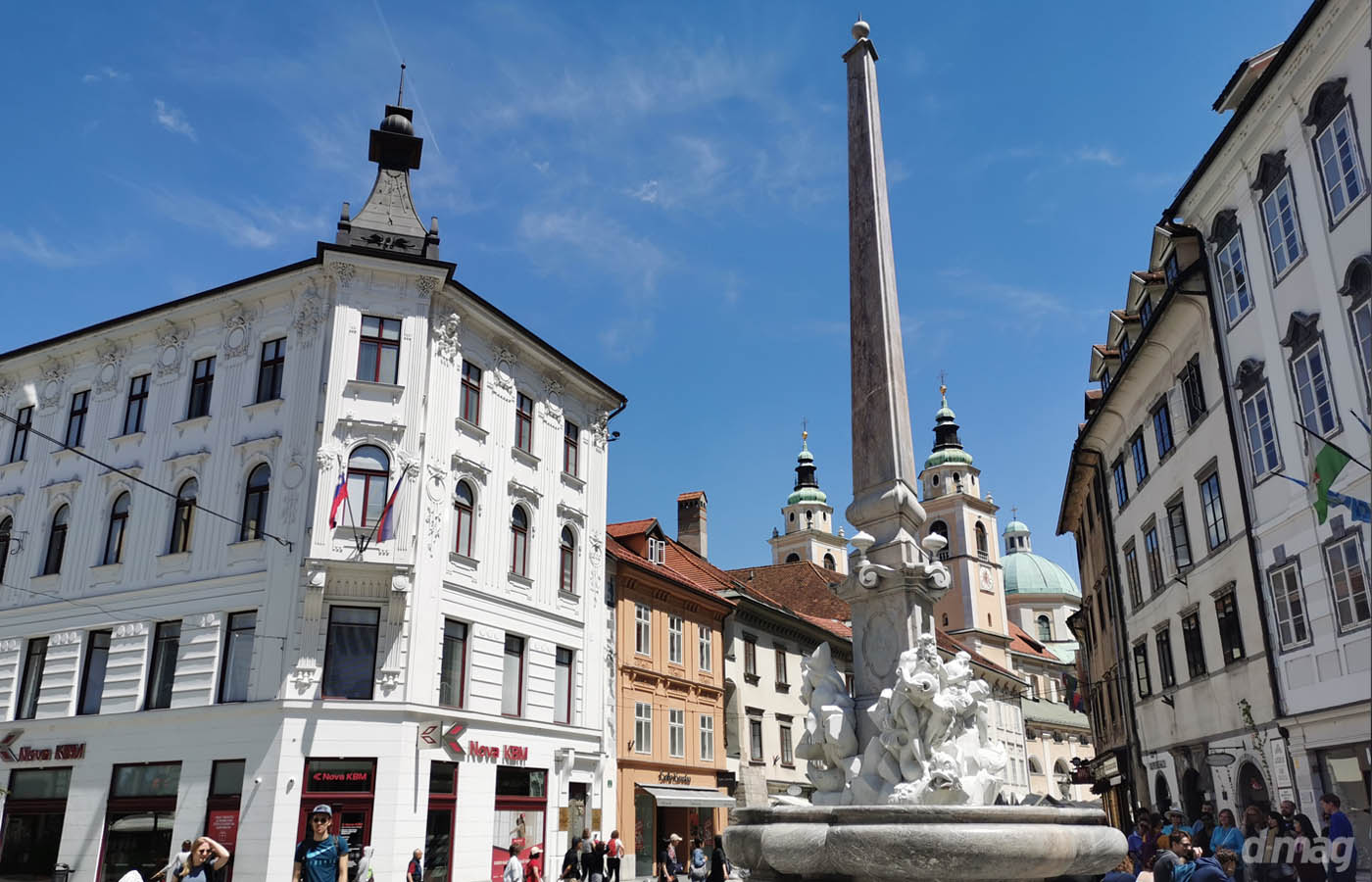
A beautiful Baroque stone monument adjacent to Mestni trg square, it was erected in 1743 by the master sculptor and architect Francesco Robba. His was born in Venice but spent most of his life in Ljubjlana. The fountain depicts three river gods, each one represents the three Carniolan rivers: the Sava, the Ljubljanica and the Krka, and is in the shape of the town’s ancient three-leaf seal. Stop here to enjoy a glass of Slovenian wine in the Vinoteka Movia (Movia Cellar) next to the municipality building.
Zmajski most (the Dragon Bridge)

The dragon is a representative of the city’s identity before Christianity. The dragon is woven into the culture and takes a central place in tales and songs. The impressive and fearsome beast symbolized grandeur, courage and power and is now a cultural icon of the city. It’s been shown on the city coat of arms since the Middle Ages. The Zmajski bridge was erected in 1901 and the locals say that giving the dragon’s tail a rub will bring you great luck.
Central Market
If you want to shop like a local, then you must come here. The Central Market is another design by famous architect, Jože Plečnik. Local farmers bring fresh fruits and vegetables here to sell as well as cure-dried meats, plenty of flowers, and small Slovenian craft work.
Odprta kuhna (Open Kitchen)
Ljubljana is a foodie paradise. Excellent dishes abound, and with flavors you’ll never have encountered before. I encountered food that worked in lots of wild flowers and delicate aromatic flavors. Restaurants all over the city serve superb fare made with some of the finest ingredients available.
If you’re lucky enough to be in the city center on a Friday, well then be sure to pay a visit to Open Kitchen. The event opens in the late morning and runs until late in the evening from mid-March through the end of October. It is located at Pogačar Square and you’ll find food from all over the world in addition to jaw-dropping presentations of Slovenian specialties. You can wash it all down with a selection of craft beers and fine wines from the area. The only thing is the weather has to be good for the event to take place.
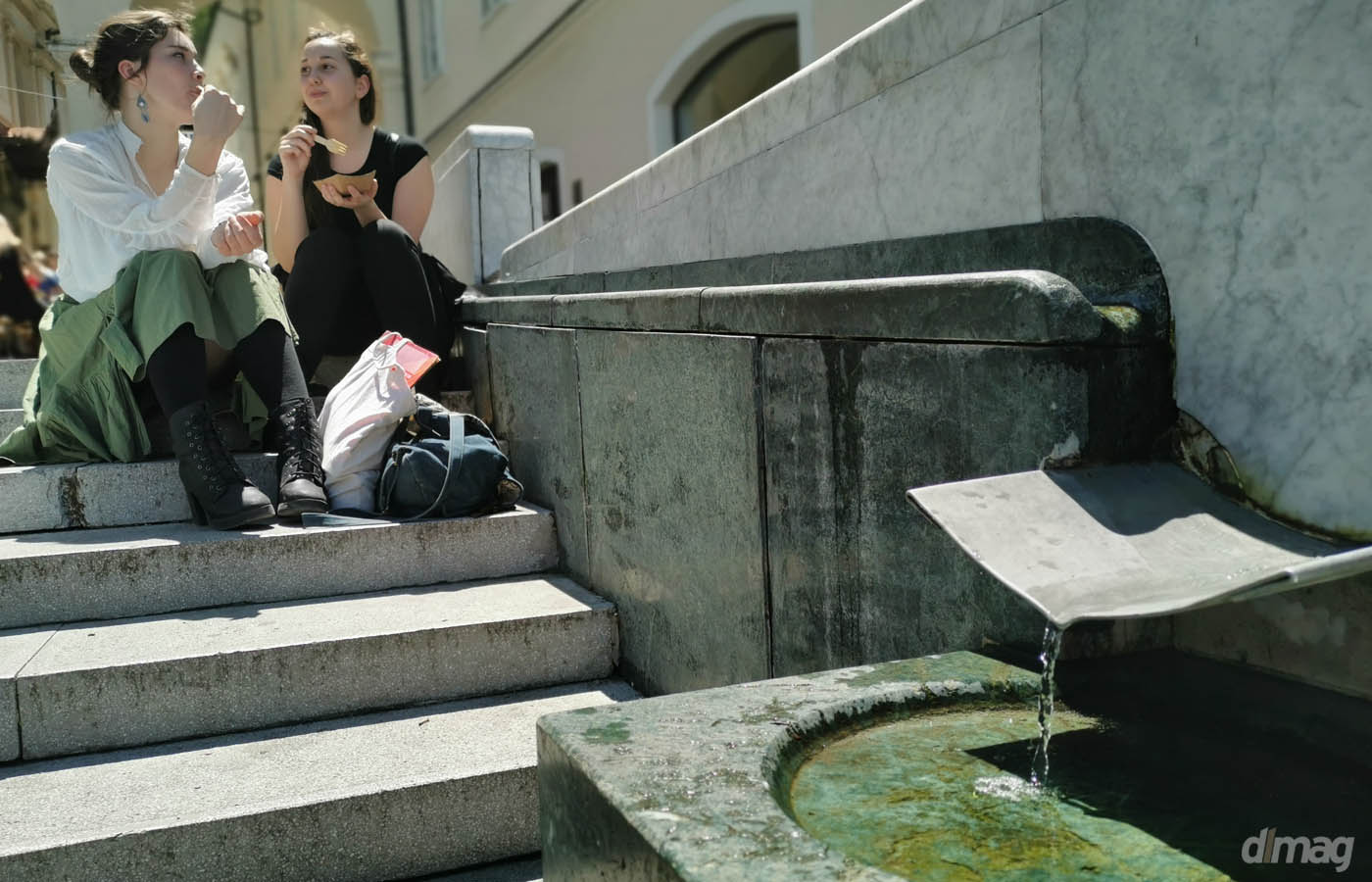
The city is filled with fountains of flowing fresh and clean spring waters that will quench your thirst. So be sure to bring a refillable water bottle with you on your trip. The residents will greatly appreciate it.

